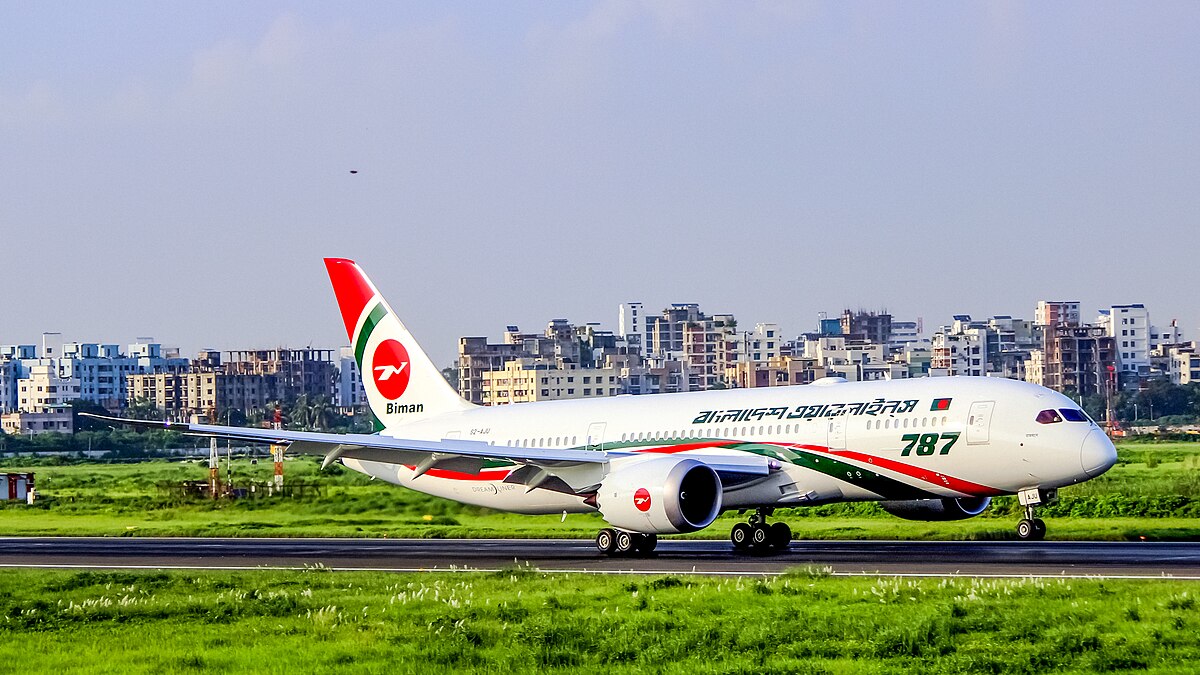July 31, 2025
In a bid to defuse escalating trade tensions with Washington, several Southeast Asian nations have moved rapidly into action. Most notably, Bangladesh has sealed a five-year Memorandum of Understanding to import 700,000 metric tons of U.S. wheat annually, and has already approved an immediate shipment of 220,000 tons at $302.75 per ton. Officials say this is part of a broader strategy to mitigate a threatened 35% tariff, partly aimed at narrowing a $6 billion trade imbalance with the U.S.
Meanwhile, Bangladesh moved swiftly to add 25 Boeing aircraft to the deal and boost imports of high-value U.S. goods, reinforcing economic ties at a critical juncture. These actions are seen as building political goodwill, potentially softening Washington’s stance toward Bangladesh’s garment-export sector.
Malaysia is also in high-stakes talks with U.S. officials over looming tariff threats of up to 25%. Government officials confirmed that negotiations are focused on reducing duties for key exports such as palm oil, electronics, and rubber, ideally to rates below 20%. Trade Minister Tengku Zafrul Aziz emphasized Malaysia’s determination not to concede on national regulatory sovereignty.
At the same time, a coordinated diplomatic initiative supported a ceasefire between Thailand and Cambodia, allowing stalled trade talks with Washington to resume. Analysts view this as a calculated effort by ASEAN governments to preserve trade relations despite internal regional instability.
On the macro front, the Asian Development Bank’s July 2025 outlook revised Southeast Asia’s projected GDP growth down to 4.2% in 2025 and 4.3% in 2026, from earlier estimates of 4.7%. The downgraded forecast reflects global headwinds from escalating trade unpredictability and sagging export volumes. Regional business sentiment echoes caution, HSBC’s Southeast Asia Navigator survey found that over 60% of multinational firms are planning supply chain diversification away from China toward ASEAN and India.
Additionally, a landmark report released today by Malaysia’s central bank (Bank Negara) projected economic growth for 2025 in the 4.0%–4.8% range, down from previous estimates. The forecast cites U.S. trade uncertainty and tariff escalation as primary downside risks.
As the August 1 tariff deadline looms, ASEAN countries face urgent strategic decisions. Moves like these demonstrate the bloc’s efforts to use trade diplomacy to bypass punitive tariffs. But questions remain: Do these agreements herald a reconfigured U.S.–ASEAN economic architecture? Or are they merely short-term measures bought amid geopolitical pressure?
Reuters. (2025, July 27). Bangladesh orders 25 Boeing planes as part of push to ease US tariffs. https://www.reuters.com/business/aerospace-defense/bangladesh-orders-25-boeing-planes-part-push-ease-us-tariffs-2025-07-27/
Reuters. (2025, July 24). Malaysia targeting lowest possible tariff rate in US talks, trade minister says. https://www.reuters.com/world/asia-pacific/malaysia-targeting-lowest-possible-tariff-rate-us-talks-trade-minister-says-2025-07-24/
Reuters. (2025, July 29). Thailand‑Cambodia border calm as military-level talks postponed. https://www.reuters.com/world/asia-pacific/thailand-cambodia-border-calm-military-level-talks-postponed-2025-07-29/
Asian Development Bank. (2025, July). Asian Development Outlook July 2025. https://www.adb.org/publications/asian-development-outlook-july-2025
HSBC Global Research. (2025, July). Navigator: Southeast Asia in Focus. https://www.business.hsbc.com/en-sg/campaigns/hsbc-navigator-sea-in-focus








